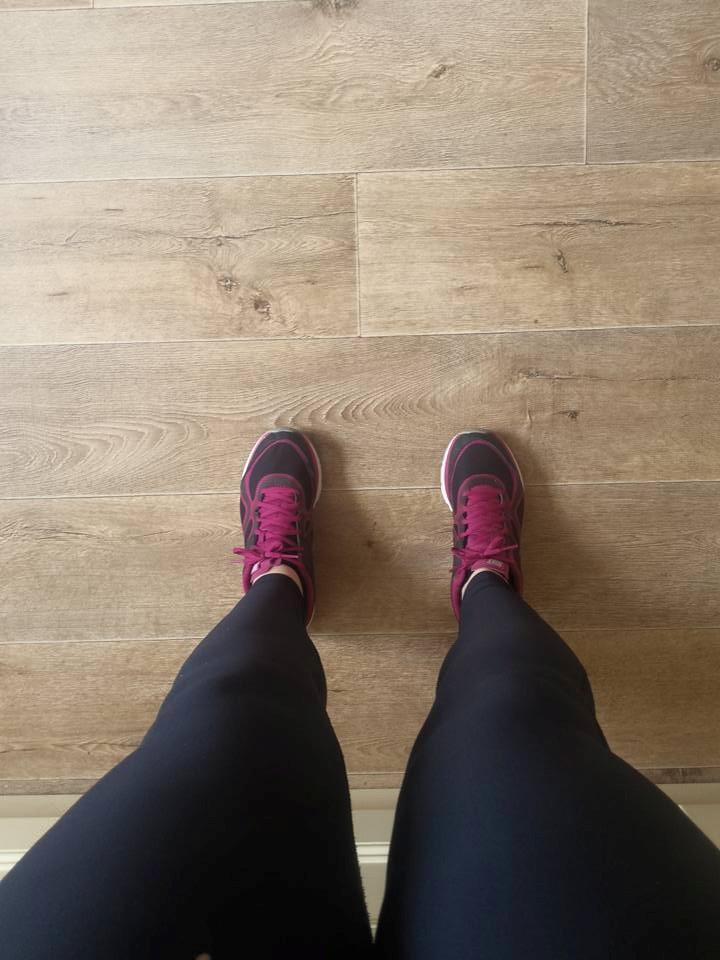There are two types of people in the world: those who love running and those who hate it. People in the first group swear by the numerous health benefits of the sport, such as weight loss and mental clarity. On the other hand, people who have sworn off running forever are most likely those who just don’t know how to do it well.
Knowing your limits is essential to taking up running but making space for improvement is also necessary. So whether you’re looking to enhance your practice or hoping to start one, read on for some tips on becoming a better runner:

Get the right gear
All you really need to start running are the right pair of shoes and breathable clothing. Shoe stores can help you analyse what type of trainers you need depending on your foot type and route. For instance, our review of Salomon X Ultra 3 GTX highlighted the importance of cushioning as support for different types of terrain. Neutral cushioning is the safest and most comfortable for any distance. However, you might need a pair that offers stability or motion control depending on which direction you roll your feet more (inward or outward).
Make a plan and be consistent
Devise a training plan if you’re serious about improving your running. Runner’s World has free training programmes that cater to different goals and needs of every runner. These include completing a 10k or a marathon in a matter of weeks or months. The challenge is to stick to your plan, because consistency is key to constant improvement. Your body needs to get used to the workout and the gradual build-up of mileage.
Fuel properly
Before running, personal trainer Christine Luff recommends a high-carb meal like bread with peanut butter for an added serving of protein and fat. Focus on consuming healthy carbohydrates, which should comprise about 60% of your diet, for easy access to energy. About 20% of your calories should come from protein. This is essential in tissue repair and best consumed after a workout. Lastly, limit your fat intake to 20% and make sure to source them from nuts, vegetable oils, or fatty fish, rather than deep fried and processed food.
Correct your form
Continuously refining your technique is the secret to better performance. Here are some general pointers to correct running posture:
– Gaze forward.
– Pull your shoulders back and down.
– Keep your arms bent at a 90-degree angle.
– Engage your core.
– Allow yourself to lean a little bit forward, especially on hills.
– Align your knee with the middle of your foot and keep your shins perpendicular to the ground.
– Strike the pavement with the ball of your foot, not your heel or your toes, to avoid injury.
– Breathe with your belly!
It might be better, however, to get a more in-depth analysis of your form. There’s a lot of technology available to do just that, and mobile and wearable technology in particular have enabled all sorts of athletes and their coaches to gather useful data to measure performance. Nurvv explains how you can improve your running technique by tracking key information like cadence, step length, foot strike, pronation, and asymmetry. These details can be valuable in refining technique, enhancing performance, and more importantly, reducing injury risk. No two runners are the same, and this type of individualised analysis may be life-changing for you.

Vary your workout
To minimise injury risk, be diligent with cross-training. Outside Online lists essential exercises for runners such as squats, planks, and push-ups. These focus on building strength and mobility. Varying your exercises also lets you avoid reaching a plateau in your fitness routine.
Rest and recover
Lastly, don’t deprive your body of its recovery period! Take active rest days in between hard training sessions to allow your muscles to repair and avoid overuse.
For more inspiration on adventure and sports, stay tuned to the latest posts on Adventures of Kate. You might just find something useful!
- Article written by Alicia Webb

